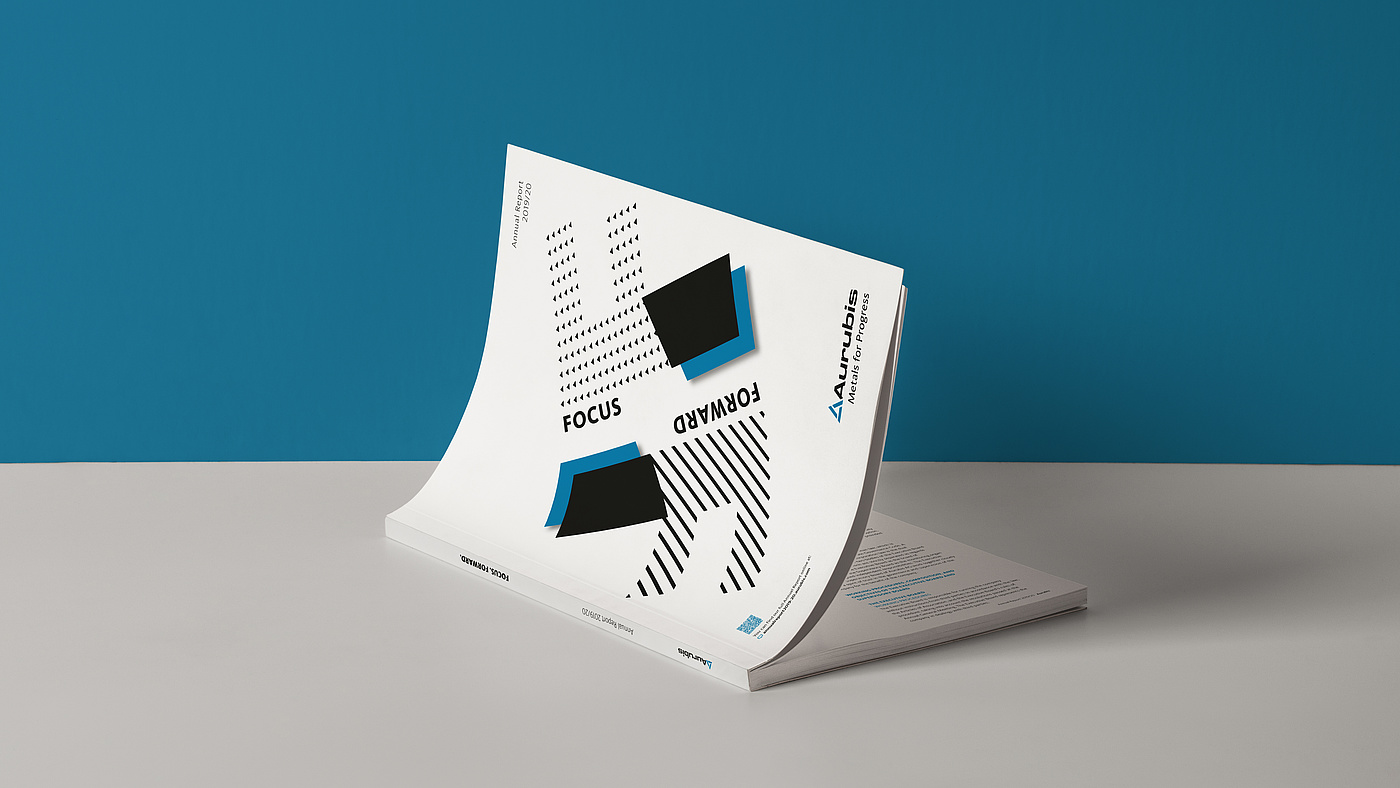Unlocking value
50 million t of electrical and electronic scrap accumulate worldwide every year – and the trend is increasing. These materials hold massive amounts of valuable metals such as copper and gold. We would do well to recover these metals and use them for production, not only in light of scarce primary raw materials. This is called urban mining.
The global annual volume of electrical and electronic scrap could rise to 120 million t1 by 2050. Each year, 50 million t accumulate worldwide. This is equivalent to the weight of about 4,500 Eiffel Towers – and a value of over US$ 62.5 billion.
After Asia (18.2 million t per year), Europe is the second-largest “producer” of electrical and electronic scrap. The 12.3 million t of scrap that collect here annually contain 330,000 t of copper and 31 t of gold. If these quantities could be fully recovered, they would be sufficient to manufacture all of the electrical and electronic equipment that Europeans buy new every year.2

Many of the raw materials for our metals therefore aren’t in natural deposits but in the items that people use – and throw away.
As a result, we have relied on urban mining for a long time at Aurubis. We use recycling materials as input for our production by recovering metals from electrical and electronic scrap with sustainable processes. This includes copper and copper alloy scrap as well as industrial residues that we purchase and process into high-quality products.
Closing the Loop
The high demands we place on ourselves with regard to responsibly processing electrical and electronic scrap are also documented in the different certifications and standards that we fulfill, such as the WEEE3 End Processor Standard. And with the acquisition of the Metallo Group, our multimetal recycling expertise has expanded considerably again: sites in Beerse (Belgium) and Berango (Spain) joined our recycling center in Lünen. Our recycling returns end-of-life materials to the production cycle – fully in line with our “closing-the-loop” approach.
However, the circular economy also includes creating these loops within our own company. By combining the specializations of our sites in a way that makes sense, we create a recycling symbiosis that we use to achieve our “zero waste” goal: to process all input materials into valuable products.

1 The Platform for Accelerating the Circular Economy (PACE).
2How to mine precious metals in your home (BBC.com).
3WEEE = Waste Electrical and Electronic Equipment (= Elektronikabfälle)
4Based on: www.ellenmacarthurfoundation.org/circular-economy/concept/infographic.

